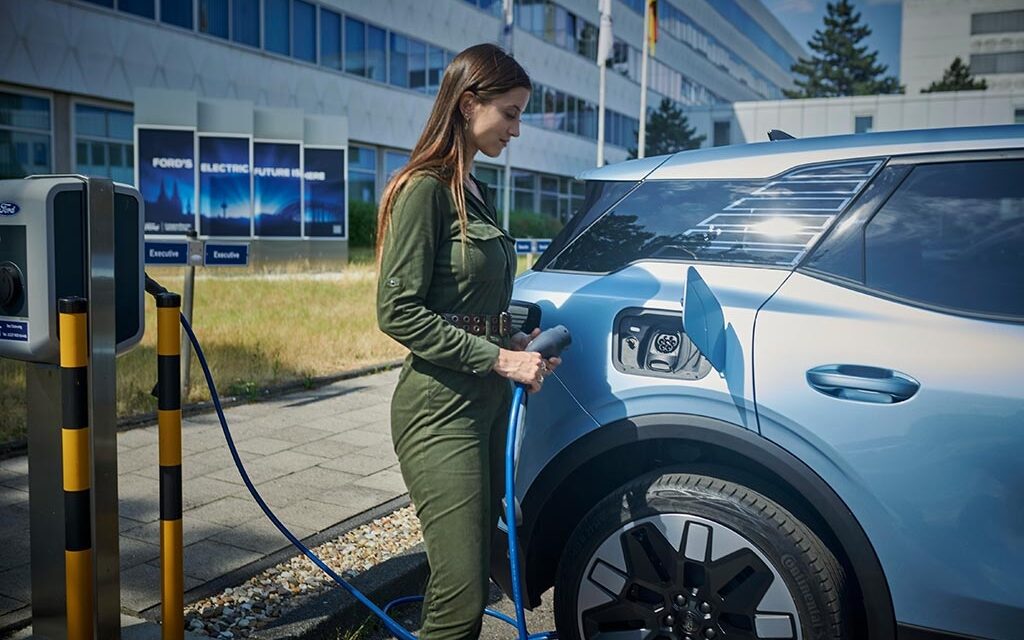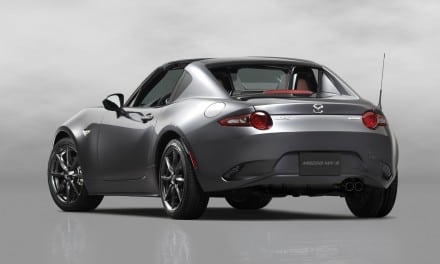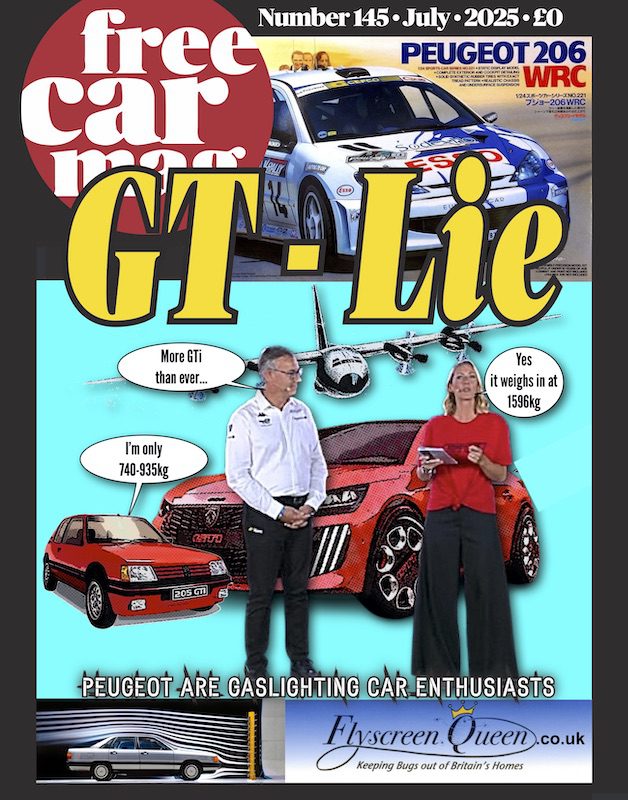Last weekend saw World EV Day, and just over a decade on from revolutionary electric cars like the Nissan Leaf and Tesla Model S going on sale, the car industry as a whole has caught up and there is now more choice than ever for those wishing to switch to electric. But are people ready for the Electric Revolution, does demand justify supply and what of conspiracies that manufacturers are in cahoots with governments, legislators and local authorities to help then sell more EVs?
In recent years, there has been speculation that motoring restrictions such as low emission zones, are nothing more than a deliberate attempt to force more people to buy EVs and boost car makers’ profits. However, a closer examination reveals a different narrative.
Contrary to the conspiracy theories, it’s not car companies that are forcing the transition to electrification but rather government mandates and legislation. The Zero Emission Vehicle (ZEV) mandate, a part of the “Powering up Britain” initiative, is a prime example. Expected to come into effect on January 1, 2024, this mandate requires car manufacturers to ensure that a certain percentage of vehicles they sell are zero emissions, primarily EVs.
The targets set by the ZEV mandate are ambitious, with 22% of sales expected to be EVs in 2024, increasing to 80% by 2030. Why 80% and not 100% considering the petrol and diesel car sales ban? Because some hybrids will continue on to 2035. A similar approach applies to vans, albeit with slightly less stringent targets. Small-volume manufacturers have allowances exempting them from certain aspects of the scheme, but the ultimate goals for the end of non-zero emission vehicle sales still apply.
There’s even a provision for manufacturers to form pools and trade allowances, creating a complex credit system, where if they produce more than the allocated percentage of EVs, they could sell their credits to companies that sell less. The government is even considering allowing firms to ‘borrow’ credits from future years but with interest. Failure to meet these targets could result in punitive fines for car manufacturers at up to £15,000 per extra non-EV produced above the allowed percentage.
However, you can force the industry to build more EVs, but will the buyers come? As many automakers transition to electric models, demand has not matched the pace. Data from Auto Trader reveals that consumer interest in EVs is waning. Anecdotal reports I’ve had, even suggest that those who’ve been down the EV route are actually reverting to internal combustion engine (ICE) vehicles.
One key factor impacting this shift is the changing economic landscape. Tax incentives for EVs have been reduced, and road tax for EVs is set to arrive in 2025. Rising public charging prices are also diminishing the incentives for switching to EVs.
Nonetheless, there is still some good news for those wanting to go electric. Auto Trader’s data shows a 23% contraction in used EV prices, primarily triggered by a price war initiated by Tesla. This, coupled with an increase in supply as ex-lease 3 to 4-year old cars hit the used market, has made EVs more affordable. Auto Trader’s report indicates a 68.6% rise in demand for used EVs compared to August the previous year and there is good take-up as used EVs are leaving forecourts in an average 28 days, compared to 30 days for regular cars.
However, the report notes that the adoption of EVs remains limited to wealthier drivers, citing affordability concerns and worries about charging infrastructure as major barriers. Based on a poll of 4,000 drivers across the UK, it revealed that only 47% of respondents believed EVs fit their lifestyles, while 56% considered them too expensive. Additionally, 47% expressed concerns about the lack of charging points.
For prospective buyers, the choices of affordable new EV models actually appear to be dwindling, as there are now only nine new EV models for sale under £30,000, compared to 11 at the end of 2022. In contrast, there are 87 petrol and diesel models available under £30,000 and new EVs as still said to be 33% more expensive than their ICE counterparts.
Furthermore, charging costs vary significantly, with home charging offering more substantial savings (£142 per 1,000 miles) compared to public charging (£41 per 1,000 miles). Reducing the 20% VAT on public charging and maintaining tax incentives for EV purchases could help bridge this gap.
The government must play a more prominent role in encouraging EV adoption by addressing infrastructure challenges and re-introducing and increasing financial incentives because while the automotive industry is making significant strides towards electrification, buyers remain lukewarm.
BrownCarGuy.com
YouTube.com/BrownCarGuy
Facebook.com/BrownCarGuy
Instagram.com/ShahzadSheikh
Twitter.com/Shahzad_Sheikh











